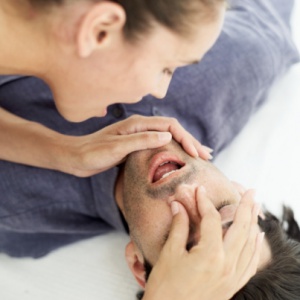CPR (also known as Cardiopulmonary Resuscitation) is an emergency procedure that was specifically designed to restore and facilitate the flow of oxygenated blood to a victim’s brain. This procedure is performed when a victim has ceased breathing. Lack of oxygen can easily lead to permanent brain damage and even death.
Consisting of chest compressions and rescue breaths, the procedure is easy enough to do. However, proper training is crucial in order to ensure that CPR is administered correctly.
[note color=”#53a0c3″] Common Emergency Situations[/note]
Emergency situations are actually more common than you might think. The following are just a few examples of instances wherein knowledge of CPR can come in handy:
- Suffocation
- Smoke Inhalation
- Electrocution
- Severe Head Trauma
- Poisoning
- Drowning
If you would look the list carefully, you will most probably notice that most of these can occur virtually anywhere.
[note color=”#53a0c3″]Knowing What To Do In Emergency Situations[/note]

CPR’s effectiveness decreases exponentially as time passes. That is why it is of paramount importance that the entire procedure is applied immediately. However, you should also remember that not all types of emergency situations entail the application of CPR.
- Is CPR necessary? – The first thing you need to remember when responding to an emergency situation is to check if the victim really needs CPR. Administering CPR when there is actually no need for it can easily lead to adverse effects. It should only be applied to victims whose hearts have stopped beating.
- Is it safe to help? – You can never be too careful when faced with an emergency. That is why it is important to make sure if the situation is stable enough for you to provide help. Otherwise, you may find yourself to be the one in need of help.
- Looking for vital signs –There are a number of things you should be on the lookout for. These would include any sounds the victim may be made with their mouth, eye movement, and breathing. You should also try asking the victims how they feel just to see if they are able to respond.
[note color=”#53a0c3″]Performing CPR on the victim[/note]
With the proper training and practice, performing CPR on a victim is a simple enough task. It consists of two actions, the chest compression and the rescue breath. In order to do the chest compressions correctly, you will need to perform the pumps quickly. It should be done no slower than 100 pumps a minute, and the pressure should focus on the victim’s chest bone. After doing this 30 times, you will then need to breathe into the person’s mouth twice. This is called the rescue breath. The CPR procedure follows this cycle. This is the reason why you need to enroll in an emergency first aid classes.
[note color=”#53a0c3″]Getting the Proper Certification[/note]
It is important to remember that articles like this one are to be read for purposes of information only. Theoretical knowledge of the procedure is no way a replacement of the actual CPR training course. These courses are taught by the medical professionals and emergency workers, all of whom have extensive experience providing emergency care. Only be finishing these classes, can you become a certified CPR expert. Also, you need to learn about childcare first aid classes in case you will encounter emergencies that involves children.
